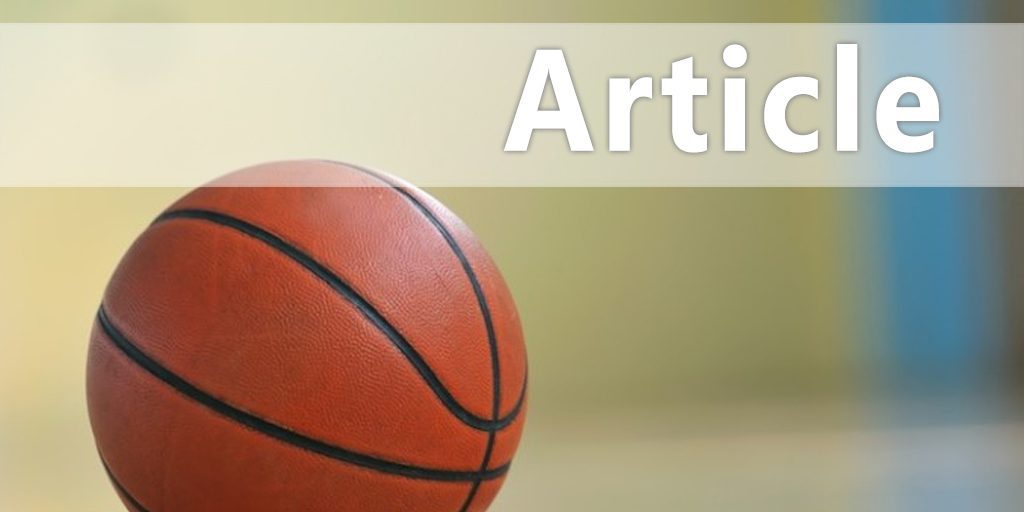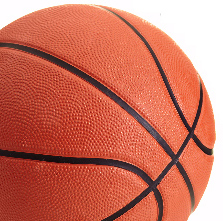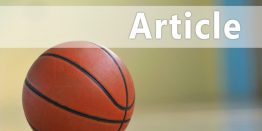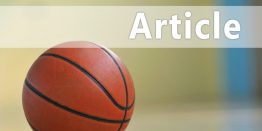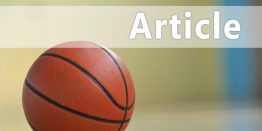| Fast Feet, Quick Mind: How To Develop Pivot Work With Mental Acuity |
| By: Dr. Oliver Eslinger - Head Coach, Caltech
Originally Published in: Time-Out Magazine Provided by: National Association of Basketball Coaches In order to develop the answer to this vital phase of the game, we've developed a drill for use on a daily basis named "Rhythm and Cadence". It emphasizes communication, competitiveness, and a collaboration between body and mind. It's best accomplished with three players: a "worker", who is the recipient of the ball and the call, and two feeders who alternate between "passer" and "spotter". Skills addressed are: • Footwork, specifically "Pivots and Points" • Eyework, effectively referred to as "Gaze" on the rim • Teammate "Interaction" • Leadership "Call and Response" reaction time • Scoring "Resilience" The goal of the worker is to listen, react, and score with proper feet, focus, and finishes. He will catch the ball from the designated passer and respond to voice instruction. The spotter ensures the worker keeps his eyes on the rim without a gaze drop to the court. It's imperative the worker converts each shot before moving to the next. We strive to create a scoring rhythm based on call and action cadences.
The initial catch can take place anywhere on the court. Depending on the day, we often designate post, mid, or arc for our players so they get work from various positions. In this example, the starting catch-spot is the "nail". Worker cuts to the reception spot while passer calls out the pivot direction (front or back followed by right or left). He has to make a strong catch under quick directive. As he pivots, the spotter cuts closer to the basket to watch his eyes -- if the gaze deviates from the rim, the worker will have to repeat the move even if he hits the shot. The goal is to make the move, make the shot, retrieve the ball, and initiate action from the other side at game speed. In the example, worker is told "front-right"; on the catch he front pivots on his left foot towards the right and shoots a midrange jumper (Frame 2). He follows his shot and passes to the right wing where the teammate who was the spotter now becomes the caller and passer. In frame 5, we see a "back-right" call. After the four options of front-right, front-left, back-right, and back-left have been converted from EACH cutting direction for a total of eight baskets, the next level begins. The passer will shout the direction followed by "one", telling the worker to create space with one dribble after the pivot. Frame 6 shows a "front-left-1" call. Again, the directive is to make eight shots. For an added challenge, direct players to convert all shots in succession. If a player misses or gaze drops, he has to restart the level. After one-dribble sequences, we add "two" dribble sequences, then "cross", "go", and a number of other moves. We develop the ability to work within a small space and generate a shot in myriad ways with pivot adjustments. In addition, we value consecutive shots without misses to build mental resilience.
"Doc" Eslinger is the head men's basketball at Caltech and a recipient of the 2016 NABC Guardian of the Game Award for Education. He serves on the board of MOCAP Analytics and has contributed writing to ESPN.com and NBA.com. The Caltech program was featured in the November 23, 2015 issue of Sports Illustrated. Email: HoopItUp@CalTech.edu and Twitter: @DocsHeadGames |
